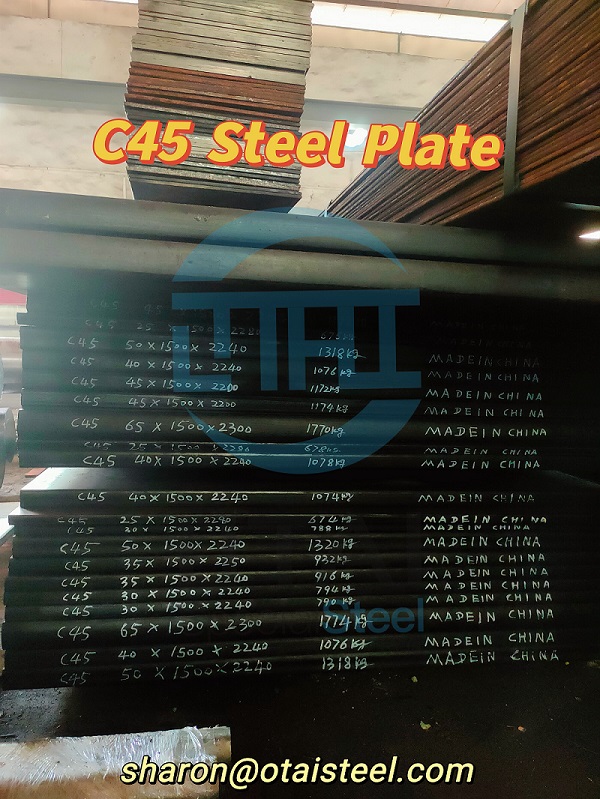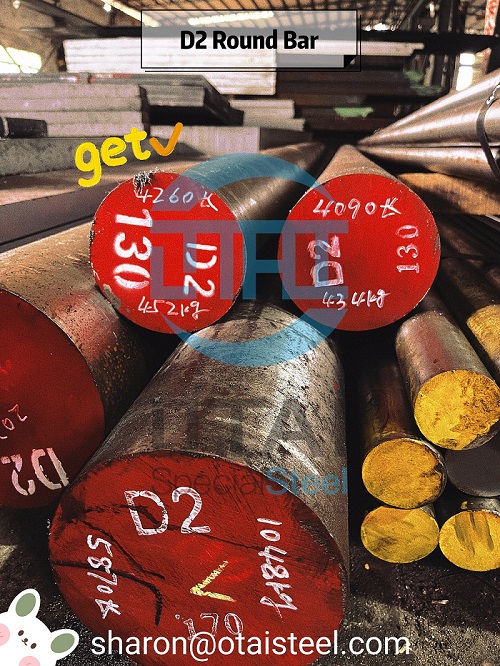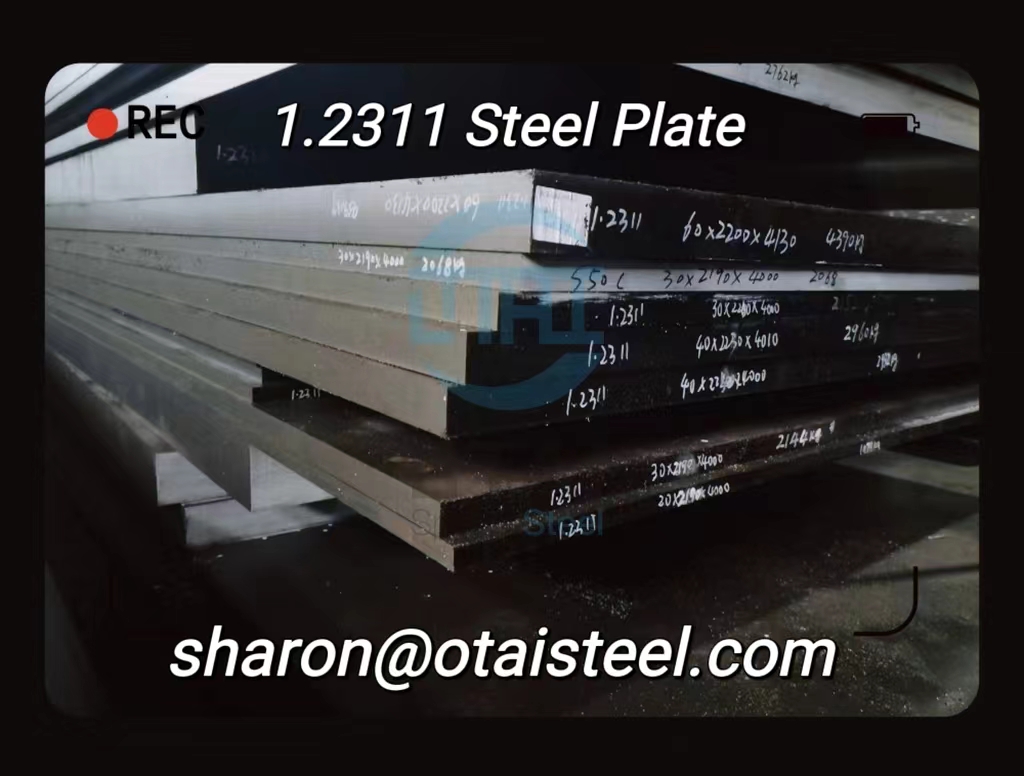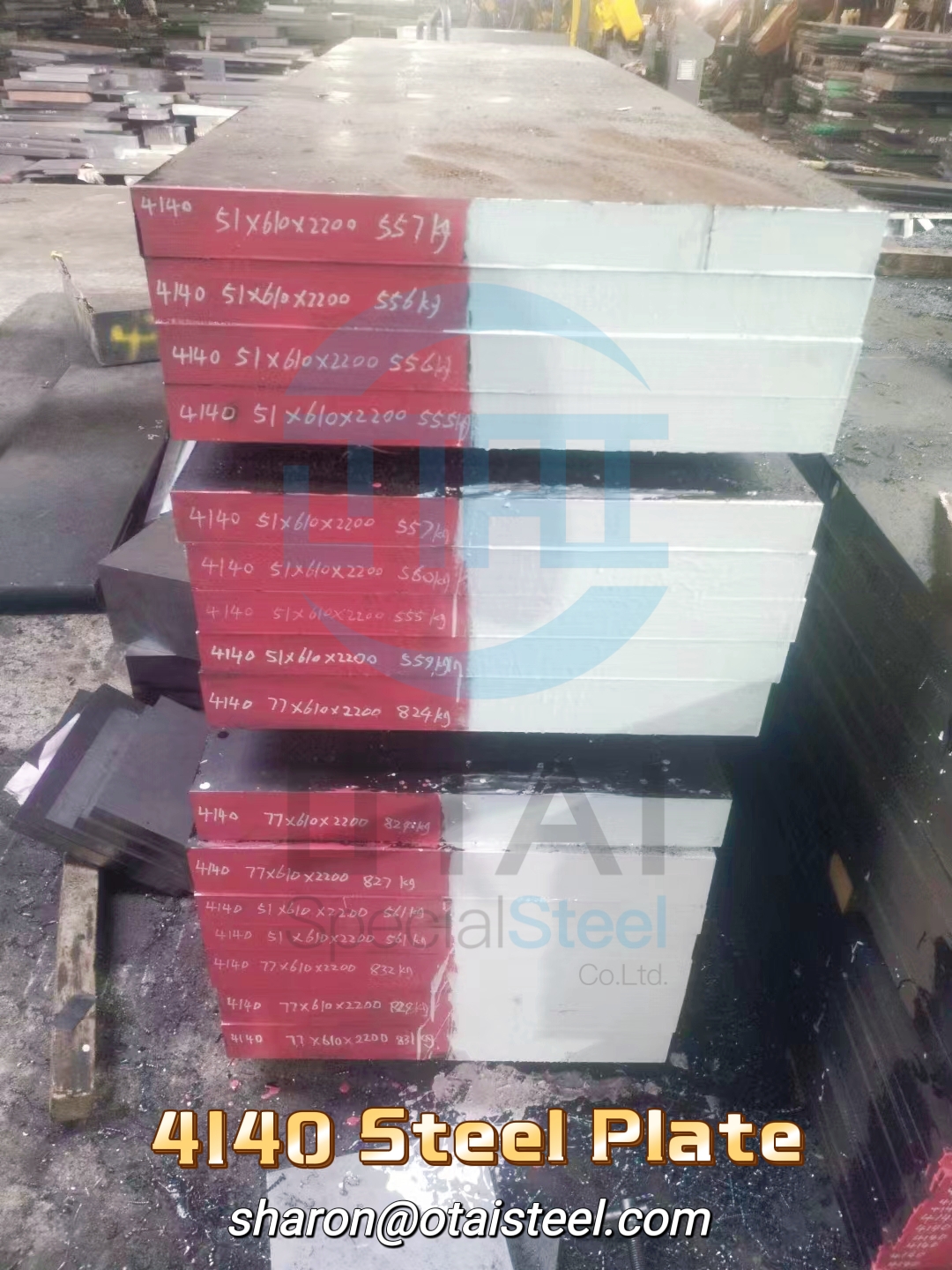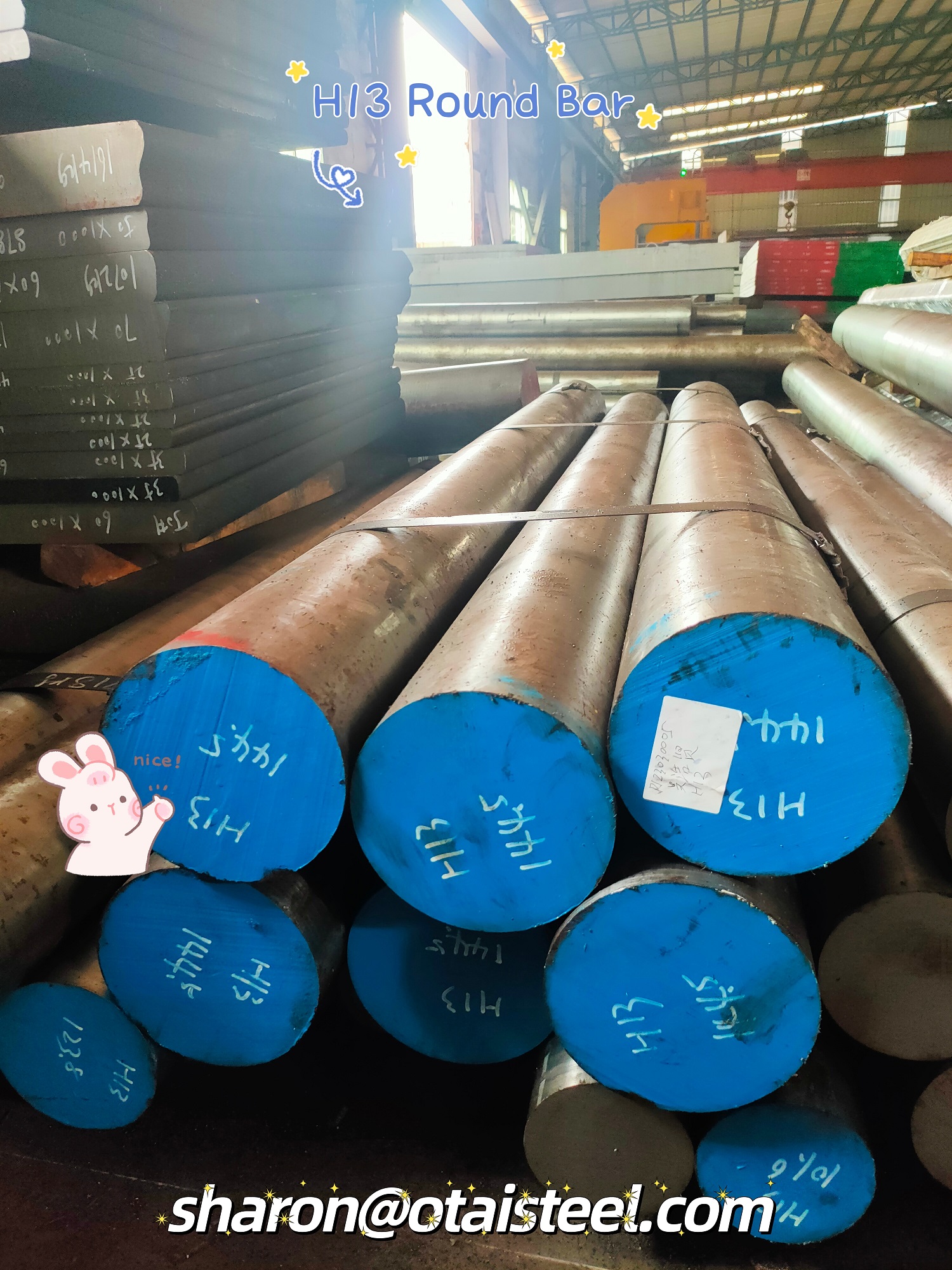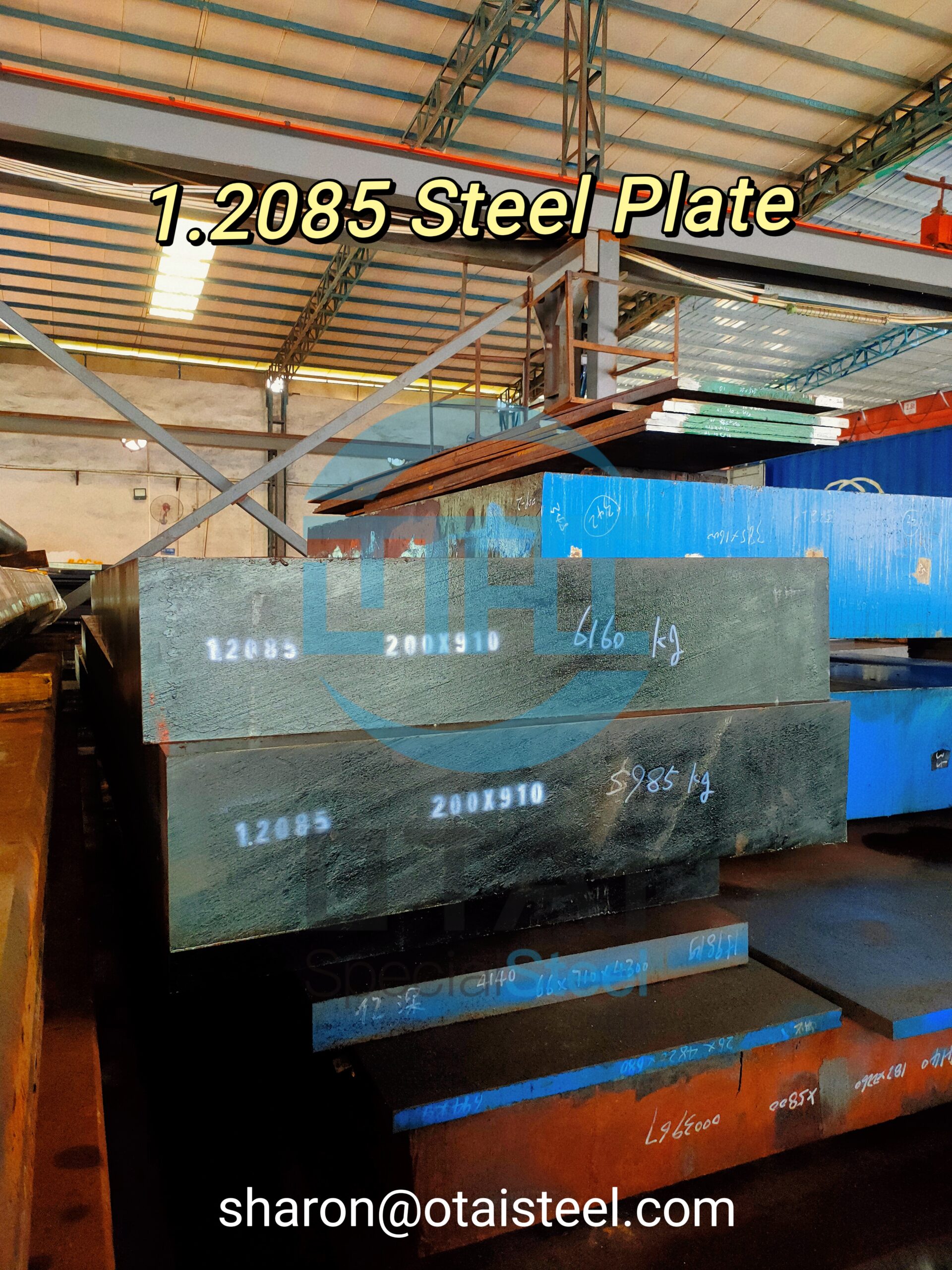In today’s ever-evolving industrial landscape, materials play a pivotal role in determining the success and longevity of engineering projects. Among these materials, C45 carbon steel stands out as a versatile and widely-used option. This article will delve into the essential aspects of C45 carbon steel, including its diameter, length, applications, and why it’s a preferred choice in various industries.
What is C45 Carbon Steel?
C45 carbon steel is a medium carbon steel grade known for its exceptional strength, durability, and versatility. It belongs to the family of carbon steels, with a carbon content ranging from 0.42% to 0.50%. This composition provides a balanced combination of toughness and hardness, making it suitable for a wide array of applications.
Chemical Composition
Before we explore its uses, let’s take a closer look at C45 carbon steel’s chemical composition:
- Carbon (C): 0.42% – 0.50%
- Silicon (Si): 0.17% – 0.4%
- Manganese (Mn): 0.5% – 0.8%
- Phosphorus (P): 0.035% max
- Sulfur (S): 0.035% max
Dimensions of C45 Carbon Steel
Understanding the dimensions of C45 carbon steel is crucial, as it determines its suitability for specific applications. This steel typically comes in various forms, each tailored to meet different industrial requirements.
Diameter
C45 carbon steel is available in a range of diameters, from as small as 5mm to as large as 1500mm. This variety allows engineers and manufacturers to select the most suitable diameter based on their project’s needs.
Length
The length of C45 carbon steel varies depending on the supplier and the customer’s requirements. Common lengths range from 2 meters to 6 meters. Custom lengths can also be obtained to minimize wastage and optimize production.
Applications of C45 Carbon Steel
C45 carbon steel’s exceptional properties make it a sought-after material in various industries. Let’s explore some of its primary applications:
1. Manufacturing Gears and Shafts
C45 carbon steel is a preferred choice for manufacturing gears and shafts due to its excellent strength and wear resistance. It ensures smooth and efficient power transmission in machinery.
2. Construction and Structural Components
In the construction sector, C45 carbon steel finds its place in structural components such as beams, columns, and support structures. Its high tensile strength and durability enhance the longevity of buildings and infrastructure.
3. Automotive Industry
C45 carbon steel is used in the automotive industry to create critical components like crankshafts, camshafts, and axles. Its ability to withstand high stress and fatigue makes it indispensable for vehicular applications.
4. Tool Manufacturing
The steel’s hardness and toughness make it ideal for crafting cutting tools, dies, and molds. These tools are vital in various manufacturing processes across different industries.
Why Choose C45 Carbon Steel?
So, what sets C45 carbon steel apart from other materials? Here are some compelling reasons:
- Cost-Effective: C45 carbon steel offers an excellent balance between performance and cost, making it a cost-effective choice for many applications.
- High Strength: Its high tensile strength ensures structural integrity, even under heavy loads and adverse conditions.
- Machinability: C45 carbon steel is relatively easy to machine, reducing production time and costs.
- Versatility: Its wide range of diameters and lengths makes it adaptable to diverse projects.
- Durability: C45 carbon steel’s durability ensures long-lasting performance, reducing maintenance requirements.
Conclusion
In summary, C45 carbon steel is a versatile and reliable material used across multiple industries. Its varying dimensions, from diameter to length, cater to a broad spectrum of applications. Whether you’re in the automotive, construction, or manufacturing sector, C45 carbon steel could be the key to enhancing the performance and durability of your projects.
For more information on C45 carbon steel and its applications, feel free to reach out to us. We’re here to assist you in finding the perfect material for your specific needs.
